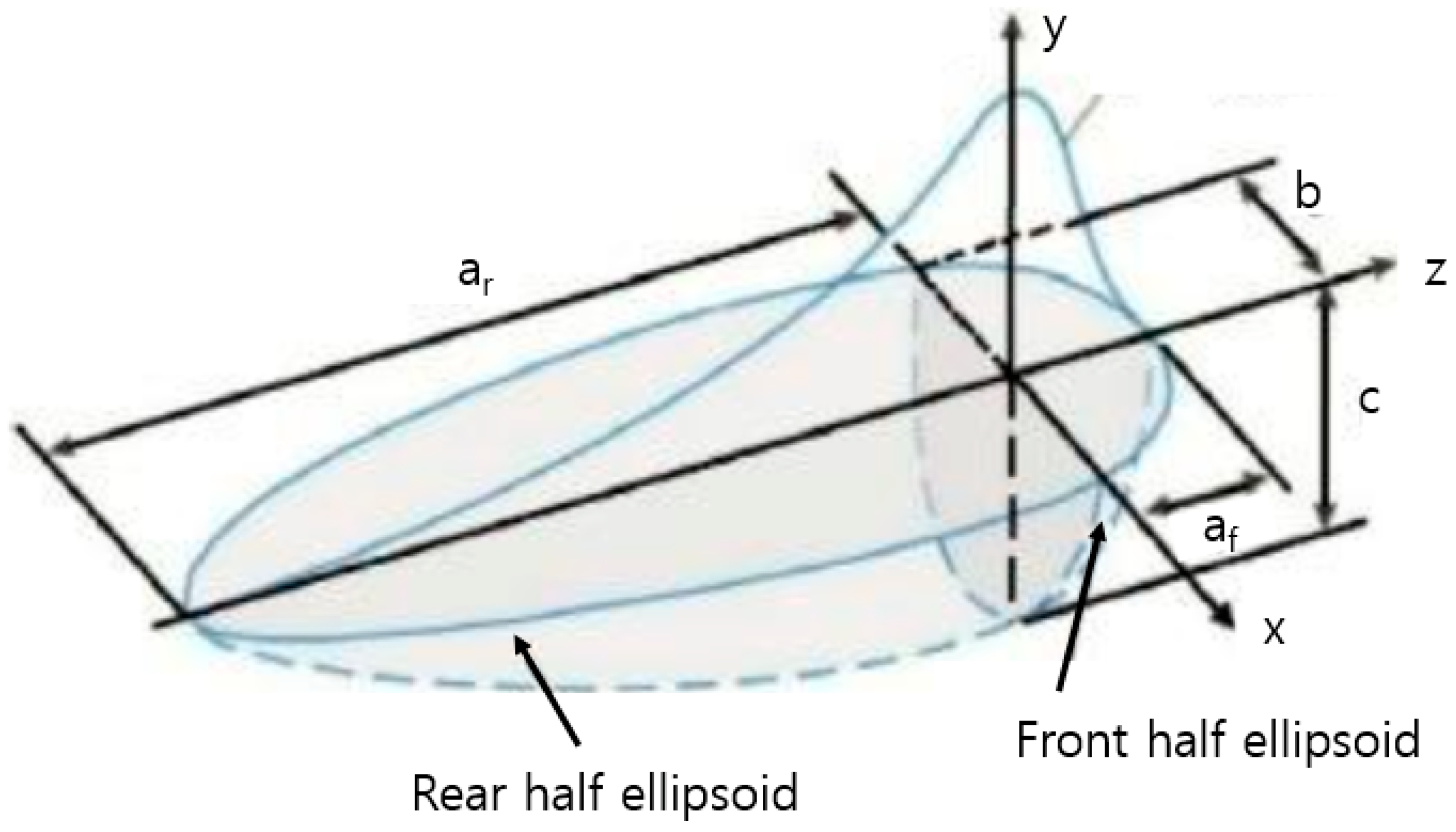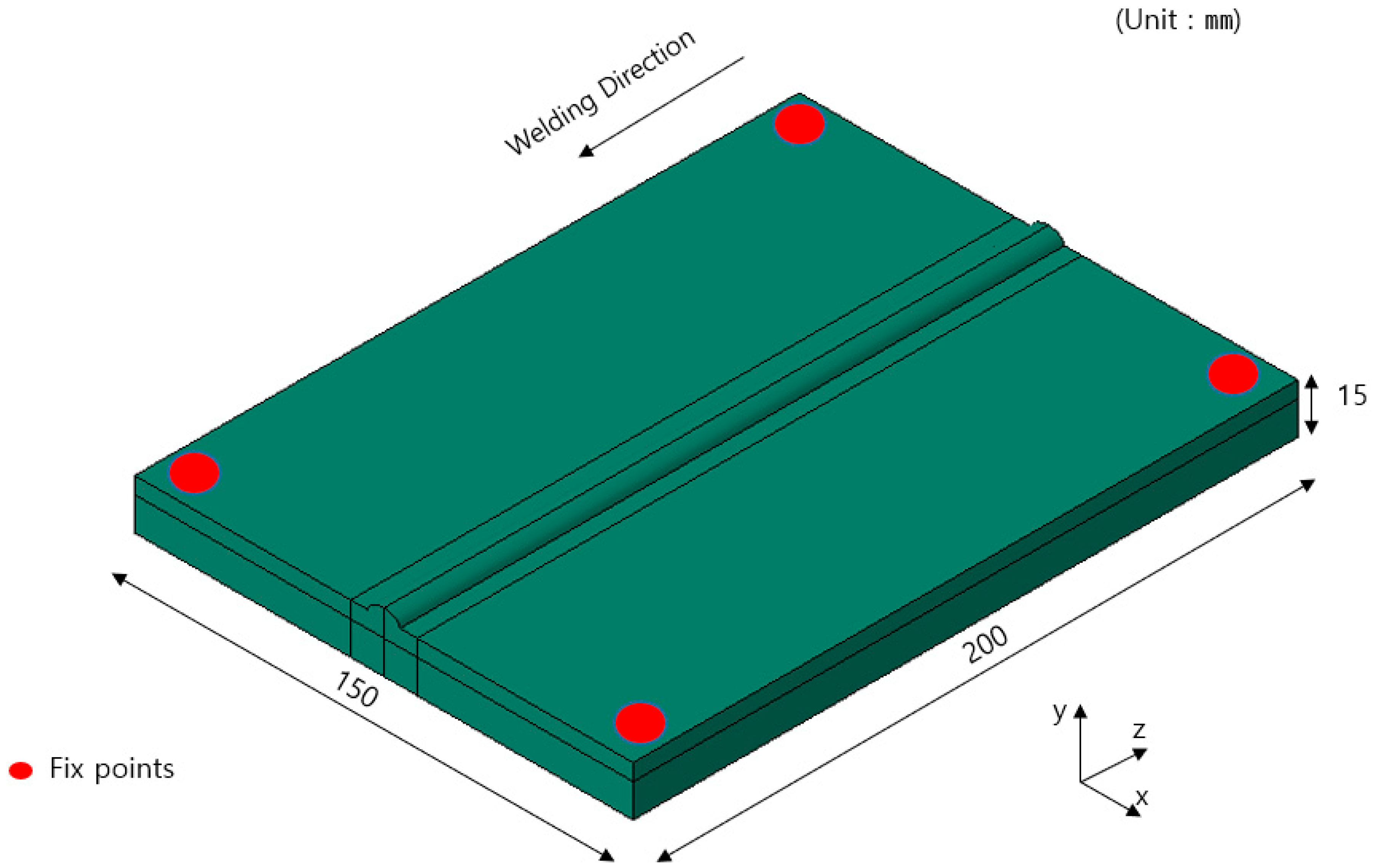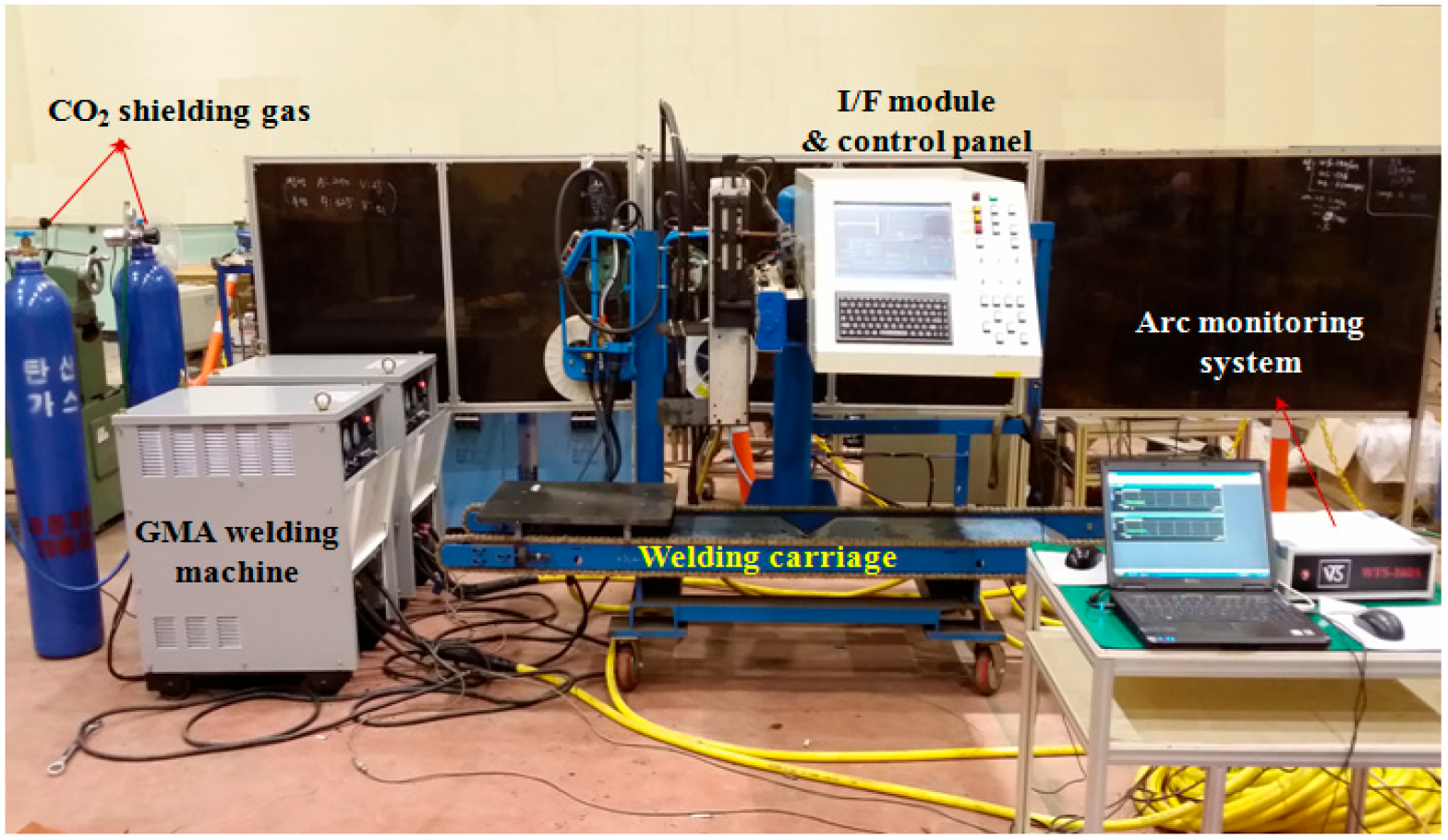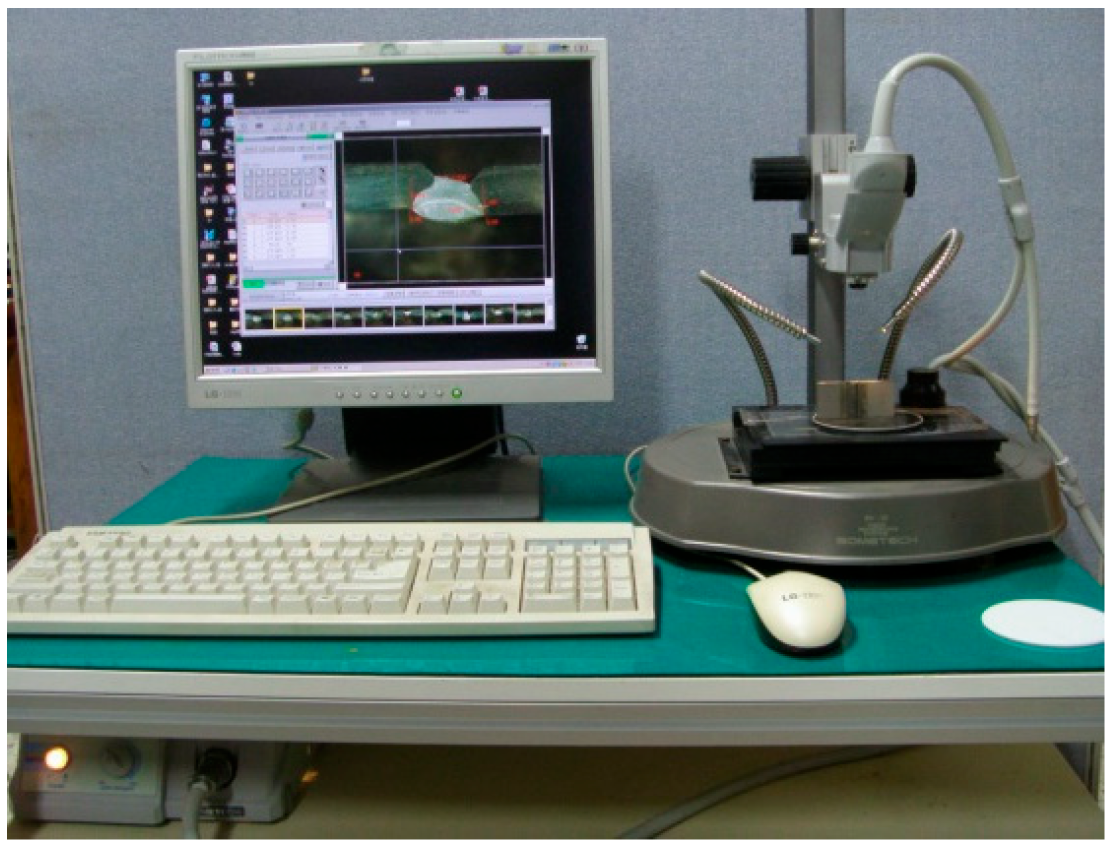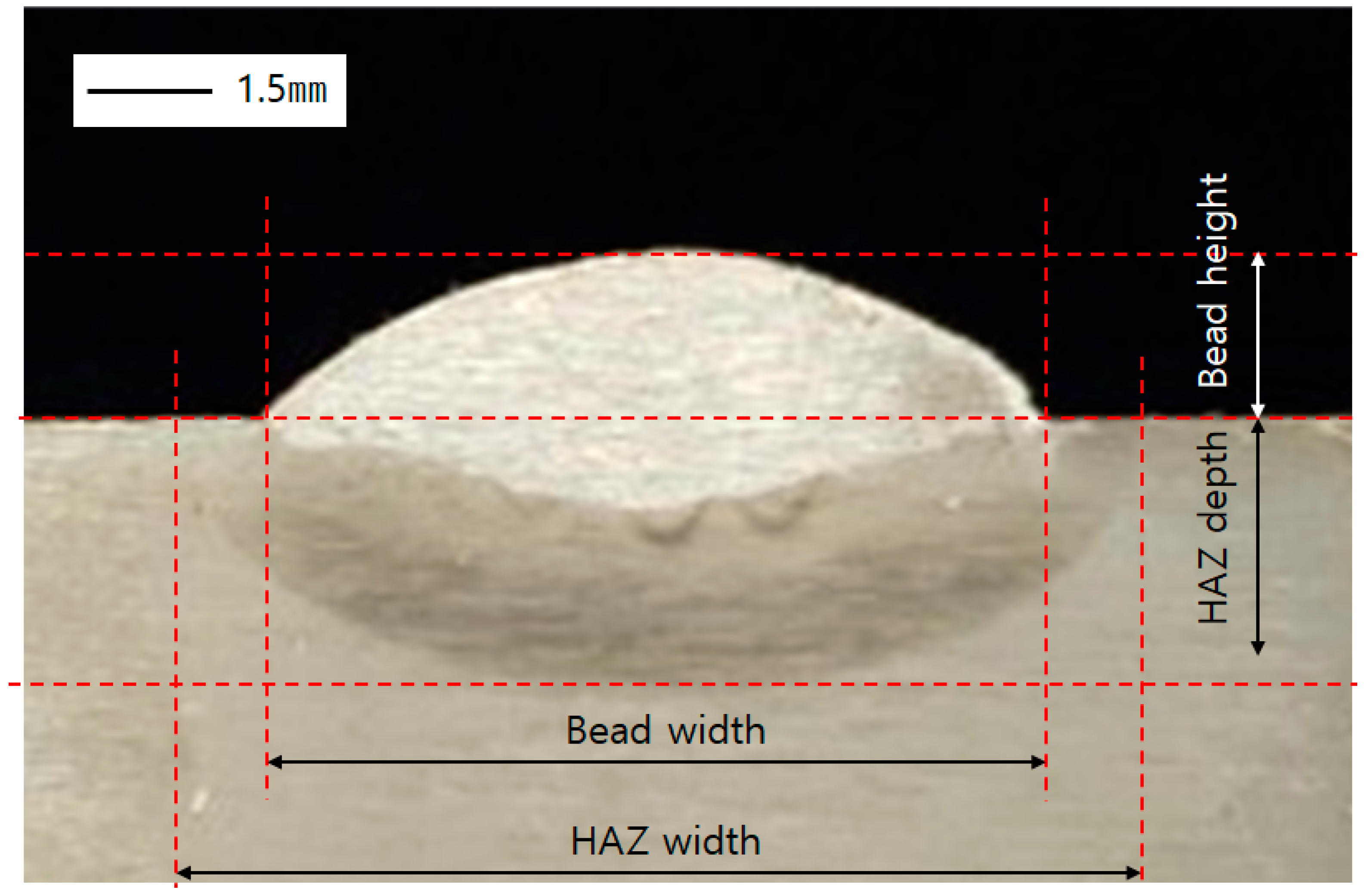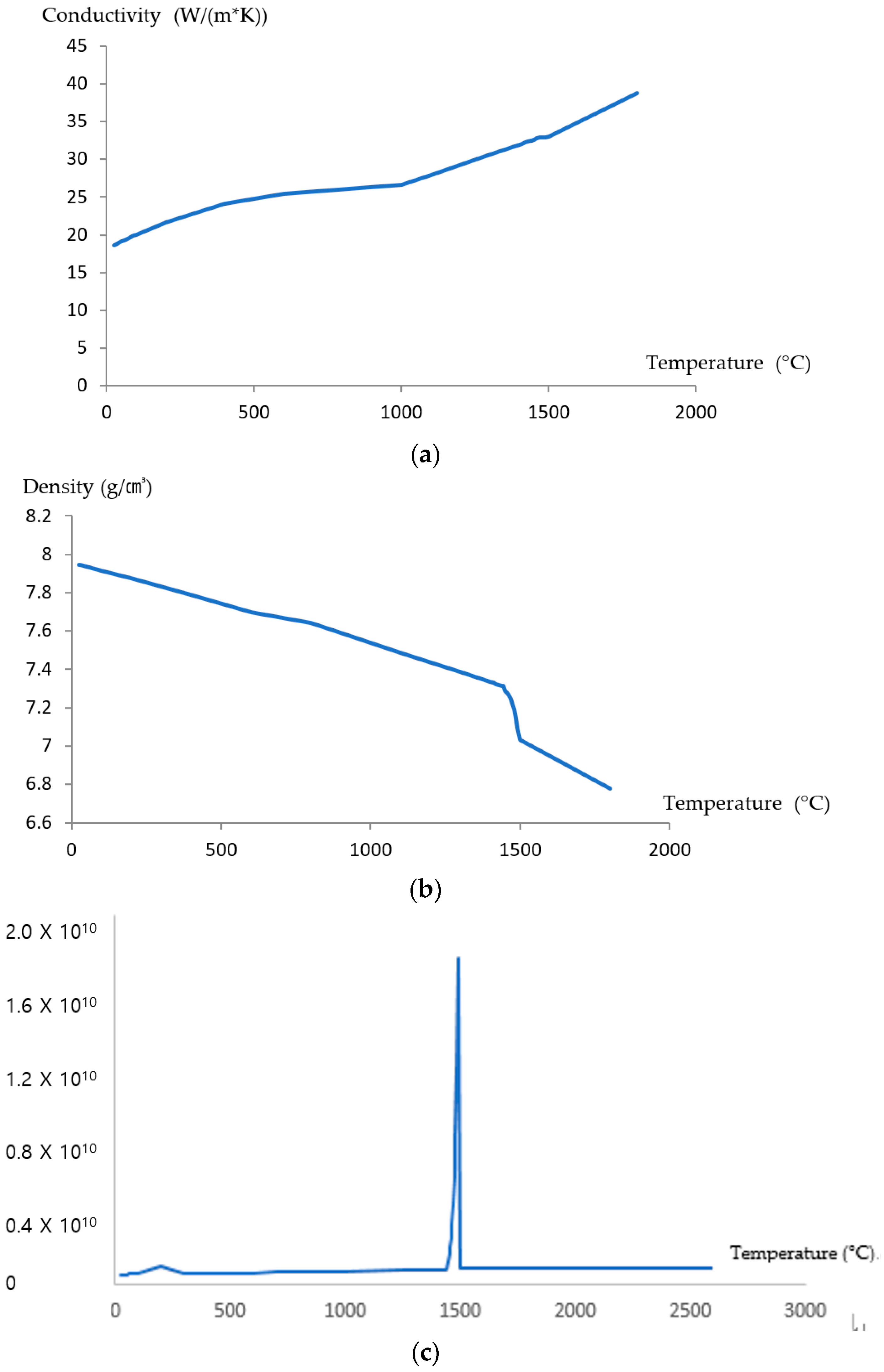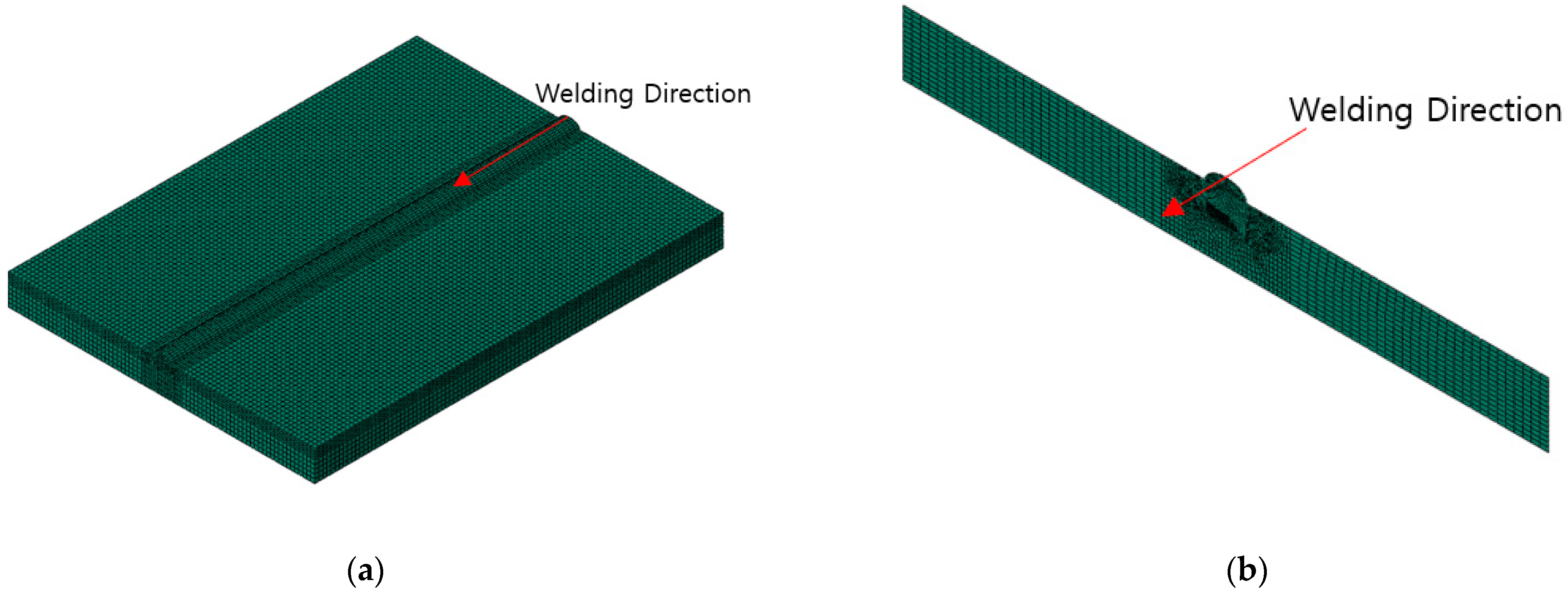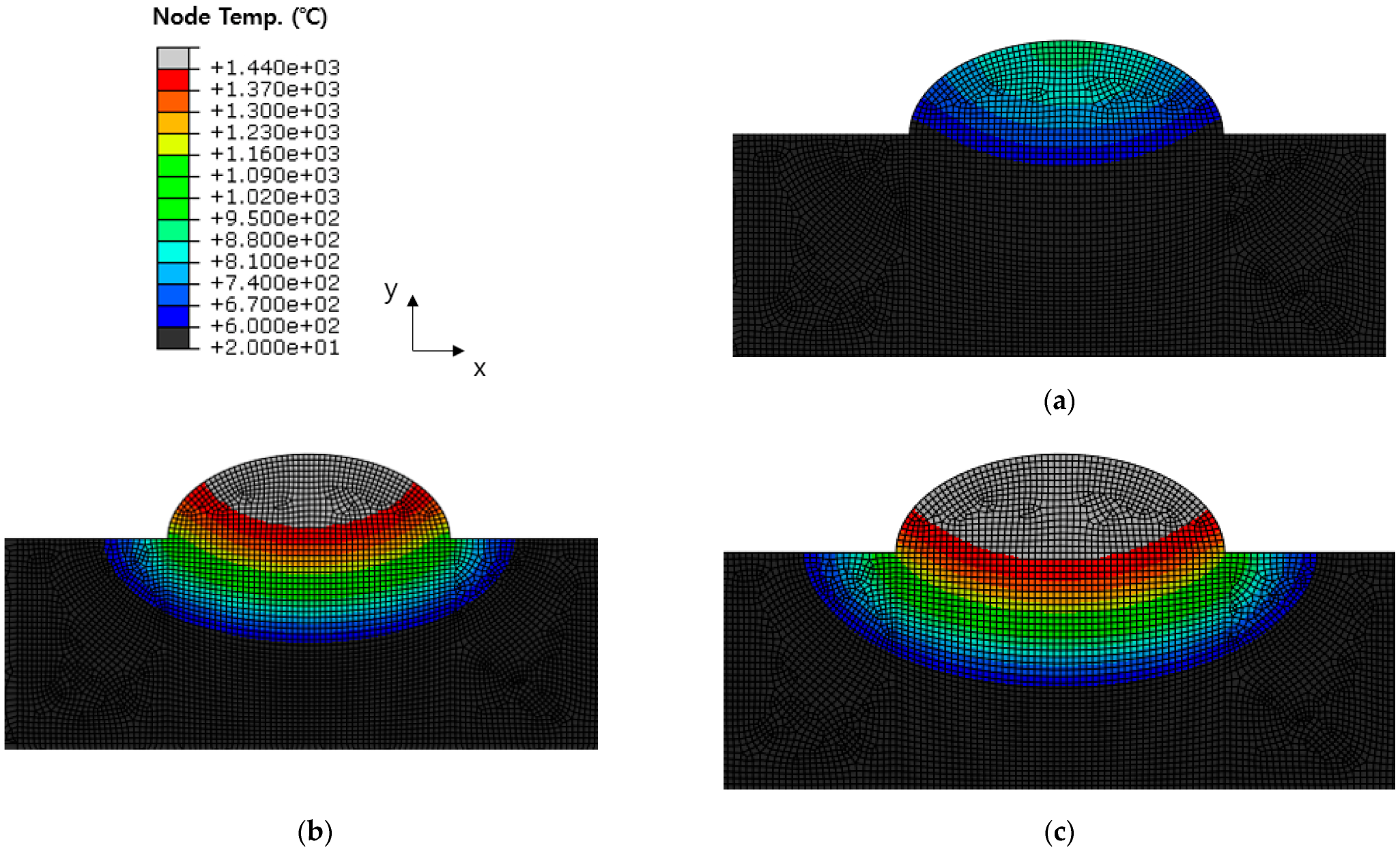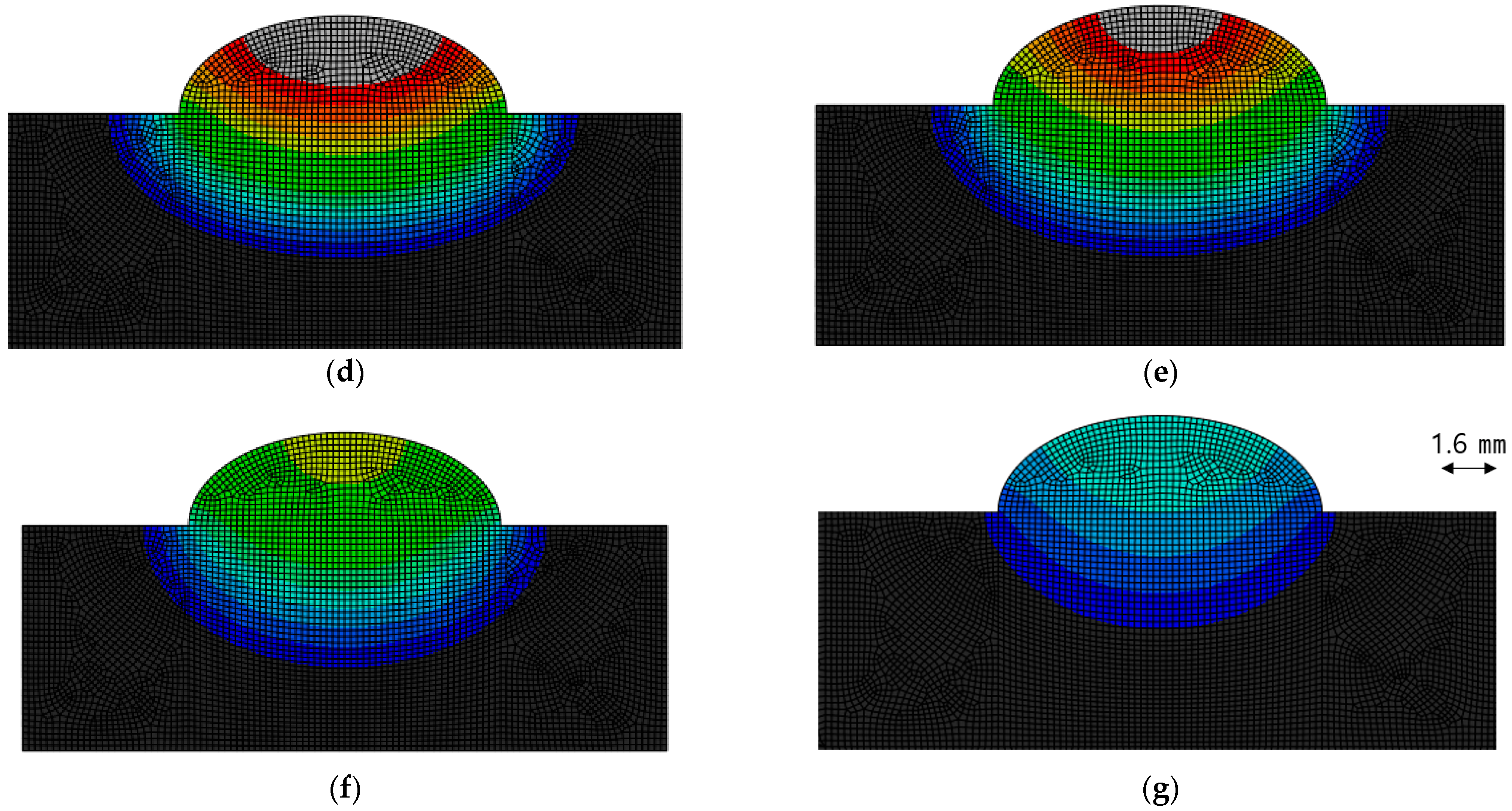1. Introduction
Global warming and environmental pollution are major obstacles to the prosperity and happiness of mankind. Therefore, various organizations, including developed countries, have started to deal with this issue from a global perspective. To cope with sea pollution, the International Maritime Organization (IMO) regulates sulfur, and the IMO is mandating the installation of a desulfurization device such as a scrubber on ships [
1]. In line with this movement, an eco-friendly fuel that does not produce sulfur is becoming popular, and LNG fueled ships are being proposed as the most promising alternative to those currently in operation.
Natural gas is a mixture mainly composed of methane with other minor components such as ethane, propane and nitrogen. In the face of globally rising energy demand, natural gas is expected to take a more significant role replacing traditional energy sources, such as oil and coal [
2]. According to the report from the International Energy Agency [
3], natural gas consumption expands from 3900 billion cubic meters (bcm) in 2020 to 4600 bcm in 2030, while coal use declines during the same time period. This change in the power mix is mainly fostered by growing environmental concerns, energy security issues and fuel prices [
4,
5,
6]. For example, an environmental appeal of natural gas is that natural gas reduces particle emissions (PM) and sulfur oxide (SOx) emissions by approximately 99%, and decreases nitrogen oxides (NOx) by 80% [
7]. There are technical difficulties from low-sulfur fuel oils from petroleum, and LNG could be one of alternatives for that [
8,
9].
LNG has characteristics that are advantageous for storage and transmission of natural gas from sources to markets. Two different types of natural gas are commercially used as fuel. One is CNG (compressed natural gas) and another is LNG (liquefied natural gas). Natural gas becomes liquid and takes up to approximately 600 times less space when its temperature reaches to −163 °C. Compared to CNG, this transparent, odorless and non-toxic LNG has higher energy density and requires less on-board weight and space. Thus, LNG is well suitable for storage and delivery, particularly in regions where gas pipelines are not widely spread.
Due to the obvious advantages of LNG, LNG trade and use have been increasing in the global natural gas market. World Energy Outlook forecasts that LNG trade will increase its market share from roughly 50% of traded natural gas volume in 2020 to nearly 70% in 2050 by replacing the gas transportation through pipelines [
3]. The continuing growth of the LNG market share mainly relies on increasing demand in emerging and developing countries in Asia.
The vast expansion of the global LNG demand leads the technology development regarding LNG tanks. Since LNG tankers and LNG tanker trucks play a key role in the LNG supply chains by transporting LNG to terminals and refueling stations, LNG tank related technologies have been critical in the technological growth of the LNG industry. Concrete was initially used to construct LNG tanks in the 1960s, and 9% nickel steel plates started to be used for LNG tanks to reduce the possibility of structural fracture from the 1980s [
10]. The membrane tanks, which are widely used in Korea and Japan, are highly expensive, but have strong benefits in terms of the storage of LNG and the economic use of land [
10].
As mentioned above, the volume of natural gas is reduced to 1/600 when liquefied, which is advantageous for storage and transport, so it is stored in the form of LNG when used as a marine fuel. However, the boiling point of natural gas is 163 °C below zero and most metals are brittle at this temperature. Accordingly, the IMO designates materials that can be used for liquefied natural gas in its IGC code. The 304L stainless steel, 316L stainless steel, high manganese steel, AL5083-O, 36% nickel steel (Invar), 9% nickel steel, etc., are classified as suitable materials for liquefied natural gas containers [
11]. Among the above-mentioned materials, 9% nickel steel is an especially excellent material in terms of material strength and cryogenic impact toughness, so it is widely being used for an LNG storage container [
12,
13].
One of the most dominant production processes to produce a storage container is welding. Welding is a process of joining base materials by raising the temperature to the melting point of a metal using a heat source. There are different types of welding: arc welding, laser welding and plasma welding. The arc welding includes Shield Metal Arc Welding (SMAW), Flux Cored Arc Welding (FCAW), Submerged Arc Welding (SAW) and Gas Metal Arc Welding (GMAW). FCAW is usually used for 9% nickel steel [
14].
Welding is widely used in the field because of its relatively simple process and excellent quality. However, in the process of melting and cooling a metal, thermoelastic deformation occurs and the deformation is permanent. Therefore, there has been an effort in the industry to reduce welding distortion based on studies to predict welding distortion and incorporate it into the design. To predict welding distortion, empirical methods as well as statistical methods are used [
15,
16], and there have been studies regarding deformation prediction utilizing computer simulation [
17,
18,
19,
20]. To simulate welding through finite element analysis and improve welding quality, it is critical to refine a welding heat source. Therefore, there have been various studies conducted to simulate the welding heat source. Rosenthal estimated a heat source in the form of a point source [
21]. This has the advantage of being able to simulate a heat source with a simple formula, but it is not suitable for simulation because the size of the suggested heat source is infinite. A distributed heat source model was applied to solve this problem and the most typical one is the Gaussian heat source model. The Gaussian heat source model has the advantage of being suitable for simulation by changing an infinite heat source into the form of a finite heat source by applying the concept of effective diameter. Among the different types of Gaussian heat source models, the most well-known model is the Goldak heat source model [
22], which is a double ellipsoidal heat source model. It consists of two ellipsoids of different sizes, with one ellipsoid representing the front heat source and the other representing the rear heat source. Its shape is shown in
Figure 1 and the governing equations are Equations (1)–(5).
Q: Effective heat energy
μ: Welding efficiency
V: Voltage
I: Current
: Fraction of heat deposited at the front ellipsoid
: Fraction of heat deposited at the rear ellipsoid
v: Velocity of heat source
af, ar, b, c: Dimension parameters (Shown in
Figure 1)
The main variables constituting the Goldak model are the parameters such as
af, ar, b and
c, and these values are not fixed. They depend on the welding material and welding conditions. For estimating of welding distortion, many research studies have been performed with Goldak’s heat source model. Gharib et al. researched welding distortion of 304L stainless steel of TIG welding with simulating continuous heat source. They compared several fixed conditions with simulation, and verified with experiments [
23]. Fu et al. researched the effect of boundary conditions in T-joint welding with Goldak’s heat souce model, also they verified with experiment [
24]. Nezamdost et al. researched submerged arc welding with FEM and Goldak’s heat source model [
25]. Ghafouri et al. researched welding distortion of ultra-high strength steel with FEM and Goldak’s heat source model [
26]. Manurung et al. studied welding distortion after multi pass welding with FEM and Goldak’s heat source model [
27]. As the reliability of Goldak’s model were verified with many research studies, that model were applied for estimating the welding distortion.
To perform an analysis with a high level of consistency, the four variables must be appropriate and accurate values that can well reflect actual phenomena. There have been various studies to find appropriate values. Tchoumi used the response surface minimization method based on the results of factorial design of experiments (DOE) to analyze a heat source during TIG welding on stainless steel 316L [
28]. Chujutalli derived the peak temperature through FEM by applying a parametric study and found the parameters of the Goldak model based on this value [
29]. Podder estimated the key parameters by observing the cross-section after welding experiments [
30].
The author of this study derived a welding heat source for the case of welding SS400 by using GMAW in the previous study [
31]. After bead-on-plate welding was carried out on SS400 with a thickness of 15.6 mm, its cross-section was compared to the results of heat transfer analysis using FEM to derive appropriate parameters. At this time, the key welding conditions were 200 A (current) and 24 V (voltage), and a multi-island genetic algorithm, which is one of the global optimization algorithms, rather than a typical full factorial method, was applied to derive a heat source model more efficiently. This study has its significance in that the feasibility was analyzed in the study, but it is difficult to apply it to the design and manufacturing of eco-friendly ships because SS400, which cannot be used for a cryogenic storage container, is used. In addition, because the welding efficiency was set as a variable with a wide range, the set of result values appeared in various heat source values. Therefore, it was difficult to classify them one by one and select an optimal value again. Above all, because the objective function was not clearly defined and only the constraint was used, there was an inefficiency in that an additional derivation step was required based on the experience of experts.
This study further improved on the previous study by the author of this study. First, by clarifying the objective function, an optimal value was automatically derived by ranking the results that satisfy the constraints. The solution space was reduced by reducing the range of welding efficiency. In addition, the limitation imposed by the large amount of time that is required to be input, which was the biggest limitation when applying the global optimization method that has to perform more than 2000 comparisons, was overcome by applying a simplified model that can reduce the analysis time per case to less than 10 min when using four CPUs. With this improved research method, a study that can be directly applied to shipbuilding companies that design and manufacture eco-friendly ships using 9% nickel steel, i.e., the material widely used as an LNG fuel tank, was carried out. It is expected that the productivity of shipbuilding companies can be improved when the amount of welding distortion is predicted and reflected in the design based on the welding heat source derived from this study.
